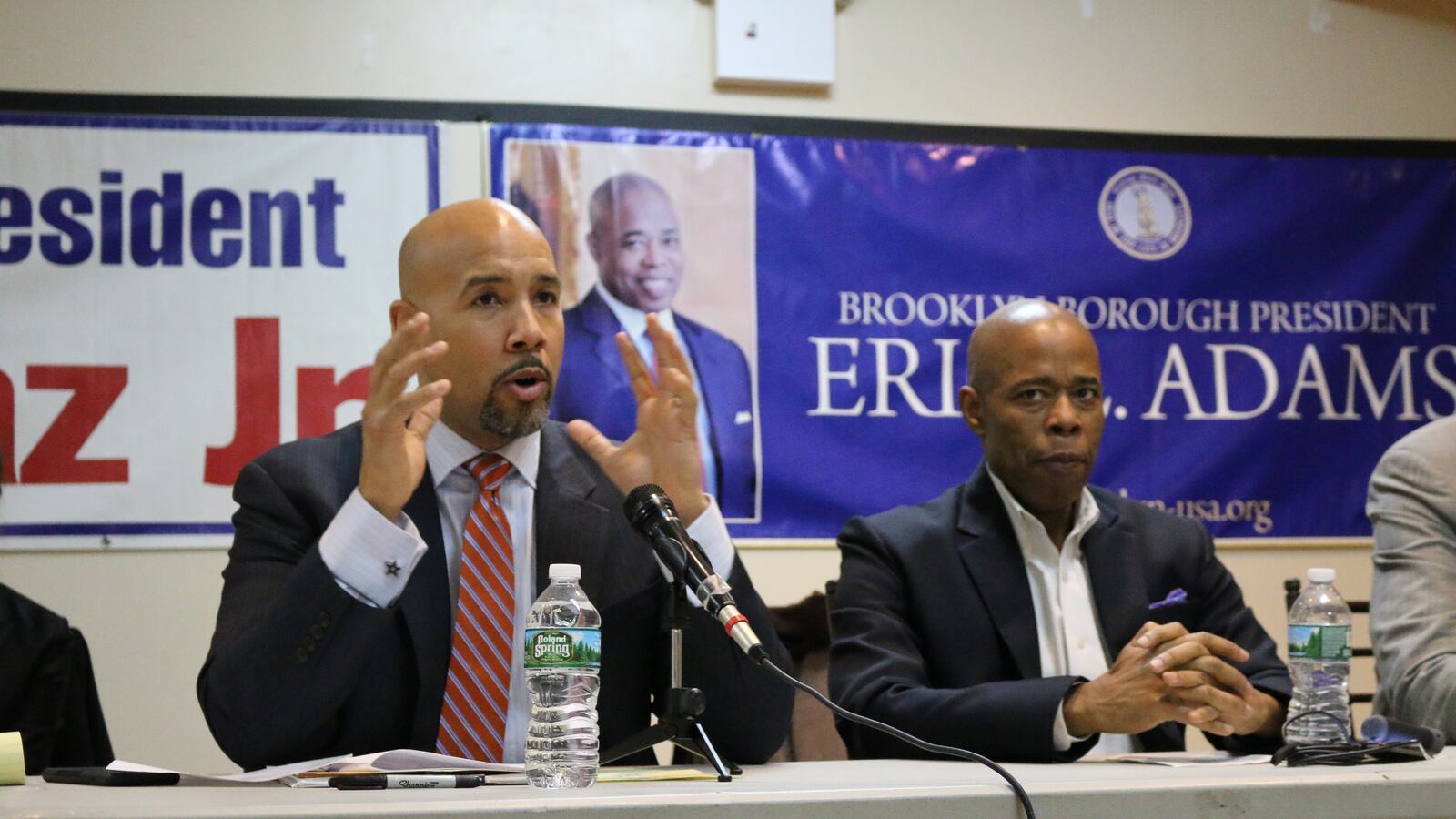When the New York City education department recently opened new gifted classes in historically underrepresented neighborhoods, it altered its approach to admissions.
By starting the programs in third grade rather than kindergarten and changing how students got in, experts said enrollment would be more fair. Black and Hispanic students make up only 27 percent of students in gifted classes, though they comprise close to 70 percent of students citywide.
But a report released Wednesday by the Bronx and Brooklyn borough presidents questions that approach, suggesting that starting in third grade is too late.
“Why deprive all gifted students of a chance at early advanced coursework?” the report asks. “Couldn’t additional services lessen the gap between ability and achievement at a young age?”
Most gifted programs start in kindergarten, with admission based on the results of formal tests. Historically, students in poorer neighborhoods take and pass the tests in much lower numbers than those in wealthier school districts.
In spring 2016, the education department opened new gifted classes in four districts that had gone years without — districts 7 and 12 in the Bronx and 16 and 23 in Brooklyn. Those programs admit students in third grade based on their classroom grades and teacher recommendations.
Using multiple measures instead of a single test score and starting the process later could make it less likely that students are admitted based on solely on the advantages they bring from home — such as the ability to prep for a test.
“This is good news that they’re using multiple measures and they’re opening up access to these programs,” researcher Allison Roda said at the time, though she added that she has reservations about separating students into gifted classrooms in the first place.
But the new report on gifted education from Brooklyn Borough President Eric Adams and Bronx Borough President Ruben Diaz Jr. raises questions about whether the changes are truly fair. Basing admissions on teacher recommendations may be problematic, the report argues, because bias could play a role in classifying students as gifted or disabled. And, most New York City students still enter gifted from a very early age.
“The DOE is adding third- and fourth-grade classes, but has still not committed to kindergarten, first, and second grade programs in all districts,” the report notes. “We demand this commitment to programs from the earliest ages equally throughout the city.”
Among the report’s other recommendations:
- Universal gifted testing for pre-K students, unless parents choose to opt out.
- Creating access to gifted classrooms in every community.
- Expanding gifted options in middle school at either the district or citywide level. Research has found that just a handful of middle schools are major feeders for students who go on to specialized high schools, which are themselves starkly segregated.
In an emailed statement, an education department spokesman wrote: “We’ll review the recommendations in the report, and look forward to working with the borough presidents to increase access to high-quality schools.”

